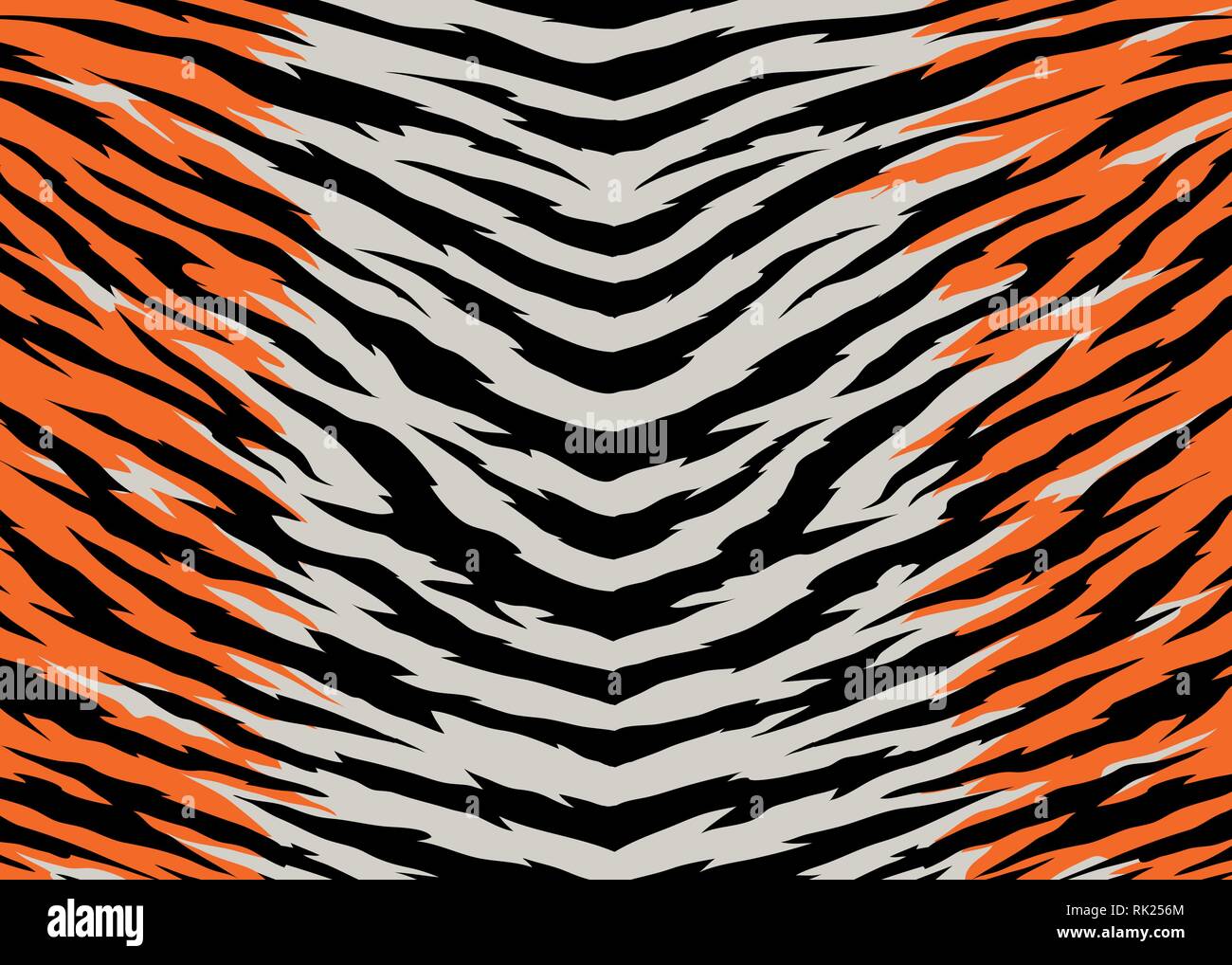
However, a variant of the lizard pattern remained in use with the entire French Foreign Legion in the 1960s and by the French Foreign Legion paratroopers until the early 1980s. The French Army continued the use of horizontal lizard patterns until after the Algerian War as it was felt it was too closely associated with the Paratroops Munity that called for French President Charles de Gaulle not to abandon French Algeria. French soldiers in Indochina in the early 1950s wearing the lizard pattern uniforms, which proved quite adequate in the jungle terrain. Institute of Technology in Pasadena, manages the mission for NASA's Science Missionįor information about the Cassini-Huygens mission on the Web, visitĪbout NASA and agency programs on the Web, visit. The Jet Propulsion Laboratory, a division of the California The Cassini-Huygens mission is a cooperative project of NASA, the European Space AgencyĪnd the Italian Space Agency. The spacecraft came within 175 kilometers (109 miles) of the surface of Enceladus.Įnceladus is 500 kilometers (314 miles) across and has the most reflective surface The others are the volcanoes on Jupiter's moon Io and geysers onĭata for these measurements were taken during Cassini's closest flyby on July 14, 2005. That vapor and dust-sized icy material are coming from the tiger stripes.Įnceladus is on a short list of bodies in our solar system where scientists have found These data also indicate the production of water vaporĪnd ejection of fine material are connected, as they are in a comet. The timing of the craft's ion and neutral mass spectrometer and the cosmic dustĪnalyzer observations seems to indicate the vapor and fine material are originatingįrom the "hot" polar cap region. South polar cap, in which the tiger stripe fractures were found to be among the Cassini's cameras provided detailed images of the "Enceladus and its incredible geology is a marvelous puzzle for us to figure out."Īdding to the already mounting evidence for an active body is the correlation of Brown is a team leaderįor the visual and infrared mapping spectrometer at the University of Arizona, Tucson. Phenomena, but it has done just that," said Dr. It's hard for a body as small asĮnceladus to hold onto the heat necessary to drive such large-scale geophysical Icy moons go, but so very geophysically active. "One of the most fascinating aspects of Enceladus is that it is so very small as To take place over decades or less, the tiger stripes must be very young. Undisturbed, it ages and converts to amorphous ice. As the ice near the poles remains cold and When ice comes out of the "hot" cracks, or "tiger stripes," at the south pole, Two forms on Enceladus: in pristine, crystalline ice and radiation-damaged In 1981, it did not observe the tiger stripes.Ĭassini's visual and infrared mapping spectrometer shows water ice exists in When NASA's Voyager 2 spacecraft flew over the moon's north pole CassiniĪllows scientists to see close up that the brightening is caused by geologicĪctivity. Tiny Enceladus brighten as its south pole was visible from Earth. This finding is especially exciting because ground-based observers have seen Image credit: NASA/JPL/Space Science Institute Image left: Saturn's moon Enceladus is only 505 kilometers (314 miles) across, small enough to fit within the length of the United Kingdom, as illustrated here. "Enceladus is constantly evolving and getting a makeover." Mapping spectrometer at NASA's Jet Propulsion Laboratory, Pasadena, Calif.


She is a team member of the Cassini visual and infrared Tiger stripes, which could have been very recently resurfaced," said Dr.īonnie Buratti. "There appears to be a continual supply of fresh, crystalline ice at the Which helped scientists pin down the age of the features. This crystallization process can be dated, They spew vapor and fine ice water particles Long (80 miles), spaced about 40 kilometers (25 miles) apart and run
TIGER STRIPES CRACKED
These cracked features are approximately 130 kilometers The pole had episodes of geologic activity as recentlyĪs 10 years ago. These findings support previous results showing the moon's southern
TIGER STRIPES FULL
Image credit: NASA/JPL/University of Arizona + Full image and caption Image right: This visual and infrared mapping spectrometer image of Saturn's moon Enceladus shows the dark cracks at the south pole dubbed tiger stripes. Young - between 10 and 1,000 years young. The Cassini spacecraft has discovered the long, cracked featuresĭubbed "tiger stripes" on Saturn's icy moon Enceladus are very


 0 kommentar(er)
0 kommentar(er)
